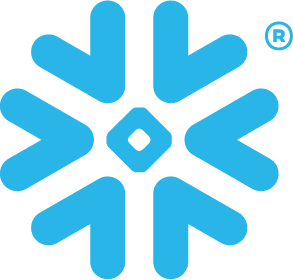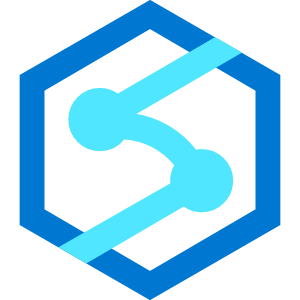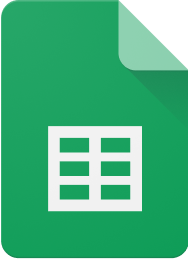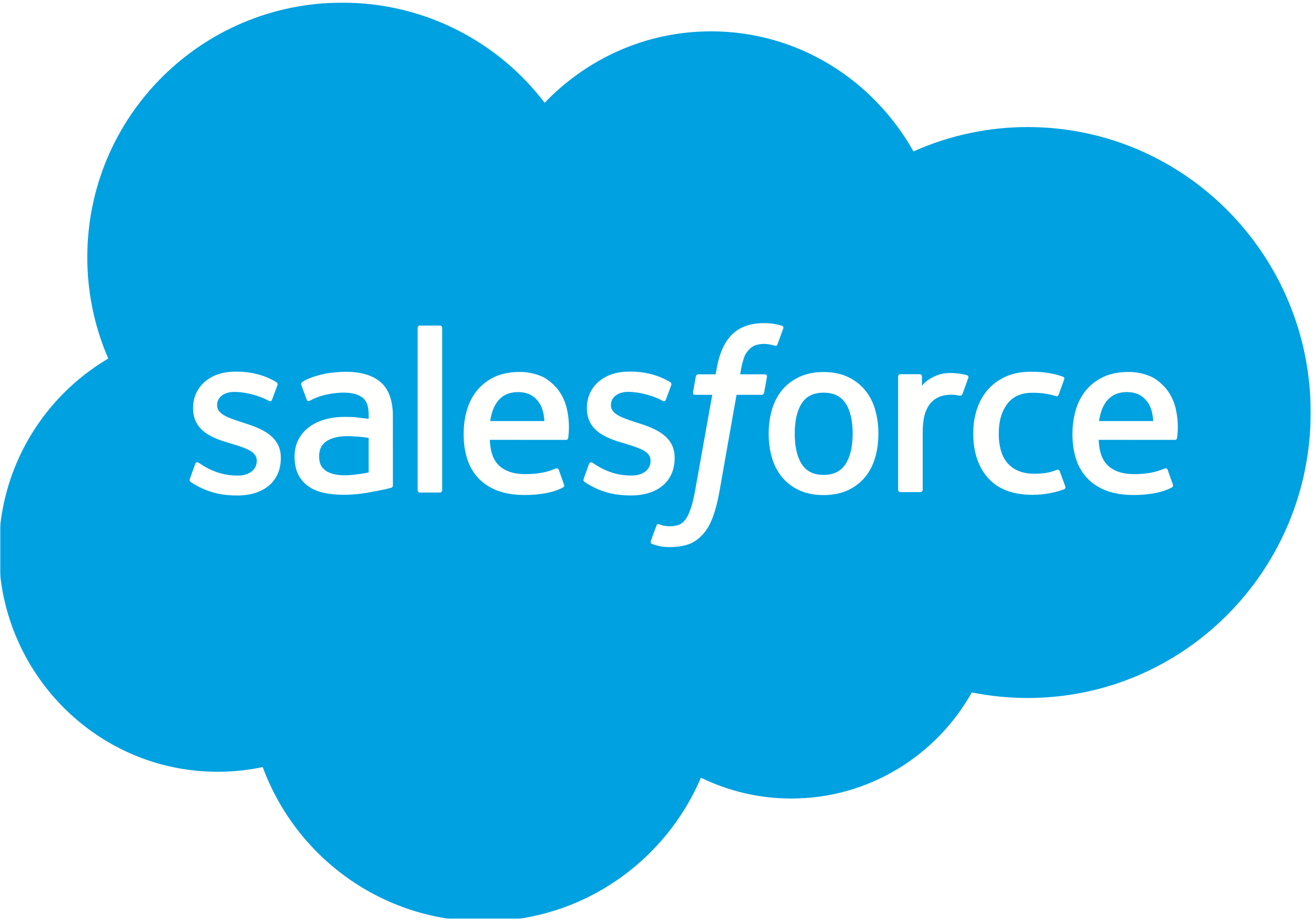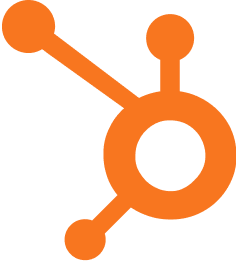Churn Prediction: Forecasting Customer Attrition
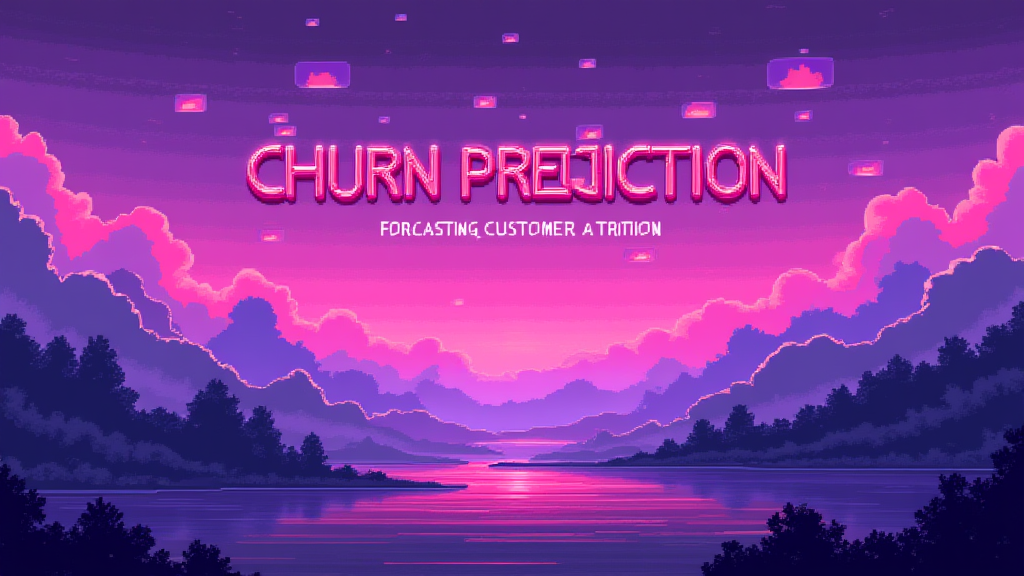
Published on: October 01, 2024
Churn prediction is a powerful analytical technique used by businesses to forecast which customers are likely to stop using their products or services in the near future. By leveraging historical data and advanced algorithms, companies can proactively identify at-risk customers and take steps to retain them, ultimately improving customer loyalty and revenue streams. For a deeper understanding, see our customer churn overview.
Understanding Churn Prediction 🔍
At its core, churn prediction involves analyzing various customer data points to identify patterns and indicators that suggest a customer may be considering leaving. These data points can include:
- Usage frequency
- Customer support interactions
- Payment history
- Engagement with marketing communications
- Product feature utilization
By combining these factors, businesses can create a comprehensive profile of customers who are at high risk of churning.
The Importance of Churn Prediction in Sales and Marketing Operations 📊
Churn prediction is crucial for several reasons:
- Cost-effectiveness: Retaining existing customers is generally more cost-effective than acquiring new ones.
- Revenue protection: By identifying at-risk customers early, companies can take action to prevent revenue loss.
- Improved customer experience: Proactive engagement based on churn prediction can lead to better customer satisfaction.
- Resource allocation: Focusing retention efforts on high-risk customers optimizes resource utilization.
Churn Prediction Models and Techniques 🧠
Several machine learning algorithms are commonly used in churn prediction models:
- Logistic Regression
- Random Forest
- Gradient Boosting Machines (e.g., XGBoost)
- Neural Networks
- Support Vector Machines (SVM)
These models analyze historical data to identify patterns and create predictive algorithms that can be applied to current customer data.
Key Steps in Developing a Churn Prediction Model:
- Data collection and preparation
- Feature selection and engineering
- Model selection and training
- Model evaluation and fine-tuning
- Deployment and monitoring
Practical Applications of Churn Prediction 🚀
Churn prediction can be applied across various industries and use cases:
- Telecommunications: Predicting which customers are likely to switch to a competitor
- SaaS: Identifying users who may not renew their subscription
- E-commerce: Forecasting customers who might stop making purchases
- Banking: Predicting account closures or reduced account activity
Challenges in Churn Prediction 🤔
While powerful, churn prediction does come with its challenges:
- Data quality: Accurate predictions require clean, comprehensive data.
- Class imbalance: Churn is often a rare event, making it difficult to train models.
- Dynamic customer behavior: Customer preferences and behaviors change over time, requiring constant model updates.
- Ethical considerations: Balancing personalization with privacy concerns.
Implementing Churn Prediction in Your Business 💼
To successfully implement churn prediction in your organization:
- Identify key data sources and ensure data quality
- Choose appropriate machine learning algorithms based on your data and business needs
- Develop a cross-functional team including data scientists, marketers, and customer service representatives
- Create actionable strategies for engaging with at-risk customers
- Continuously monitor and refine your model based on results
By leveraging churn prediction, businesses can significantly improve customer retention rates and overall customer lifetime value.
Key Metrics for Evaluating Churn Prediction Models 📈
| Metric | Description |
|---|---|
| Accuracy | Overall correctness of predictions |
| Precision | Proportion of correct positive predictions |
| Recall | Proportion of actual positives correctly identified |
| F1 Score | Harmonic mean of precision and recall |
| AUC-ROC | Model's ability to distinguish between classes |
Remember, the goal is not just to predict churn accurately, but to take meaningful action based on those predictions to improve customer retention and business outcomes.
Questions to Consider for Your Churn Prediction Strategy 🤓
As you implement churn prediction in your sales or marketing stack, ask yourself:
- What data sources do we have available for churn prediction?
- How can we integrate churn predictions into our existing customer engagement strategies?
- What actions will we take when a customer is identified as high-risk for churn?
- How will we measure the success of our churn prediction and prevention efforts?
- How often should we update and retrain our churn prediction models?
By addressing these questions, you'll be well on your way to leveraging churn prediction to boost customer retention and drive business growth.
